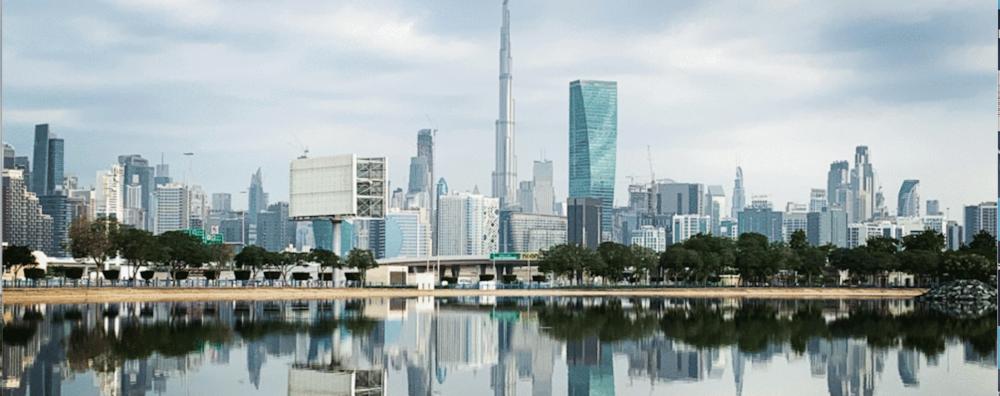
If anything is going to make you feel like you’ve discovered paradise, it’s descending over some of the best beaches in the world, while peering out the airplane window at bone-white sand, lush greenery and the luminous cyan-blue water surrounding the Maldive islands.
Nearly a million people a year visit the Maldives and it’s not hard to see why. Located within easy flying distance of Dubai (about 435 miles southwest of Sri Lanka), the Maldives are made up of 26 coral atolls in a chain reaching down to cross the equator. There are about 1,200 small coral islands in total, of which some 200 are inhabited and 100 are resorts.
Of course, we all want to go. We’ve all seen the photos of bungalows on stilts, the ocean lapping gently below; we all know there are world-class diving and snorkeling opportunities right outside your door. But at some point, the question always comes up: HOW MUCH?
Not only is the Maldives Asia’s smallest country, but it is also one of its most exclusive. The only reason we made it there at the end of last year was a great deal, at a resort close to Male, so there were no extra sea-plane costs. That’s not to say we didn’t have a few money shocks while there. A comment I’ll never forget came from DH, on returning with food for the kids from the airport Burger King. His face had paled. “That burger just cost ten bucks,” he said, shaking his head slowly. “I paid in dollars and they kept the change.”
I looked at him askance. “They didn’t have any small change to give me,” he explained.
The hotels span the whole archipelago, and while the top-end brands attempt to out-do each other when it comes to luxury (think personal butlers and private lap pools), there are also options for families on a budget, divers and those looking for a peaceful at-one-with-nature experience. Despite the increased chance of stormy weather, tourists still visit the Maldives during the monsoon season and the resorts offer better deals during these months.
Underwater world
It’s the abundance of marine life that really sets the Maldives apart. There are huge coral walls, and magnificent caverns and overhangs festooned with colourful sponges. Rock pinnacles reach up from the seabed to scratch the surface like giant fingers. The clear waters are inhabited by an amazing cast of aquatic characters: brightly coloured tropical fish, Manta rays, turtles, tuna, reef sharks and even the world’s biggest fish, the whale shark.
With only one resort on each tourist island, it’s wise to be as picky selecting your accommodation as when choosing a cruise ship or renting a villa. Which leads to the question: With no sightseeing to do, no plans to be kept, could swimming, snorkeling and lying in the sun actually get boring?
My research found the answer to be no. Time in the Maldives takes on a different meaning: the minutes melt into hours, the hours into days. The toughest decision is deciding what to eat. There are no hawkers selling tacky souvenirs, and no taxi tours. Mosquitoes aren’t even a nuisance because there are few areas of open fresh water suitable for breeding.
When the novelty of doing so little does start to wear off, most resorts lay on beach volleyball in the late afternoon, sunset fishing and a local island hop. Dolphin spotting at sunset and a dance night are also common. Some resorts offer shows every night, a range of sports and even a golf course. But, however good your intentions are to be active, don’t be surprised if the gym falls by the wayside – exercise facilities are mostly used by the seaplane pilots.
Fact File
When to go: The best weather is between November and April, with the high season falling between December and March. The wet or rainy season begins in May and lasts through October.
Endangered: As the lowest country on earth (the highest point is less than 8 feet above sea level), the islands could disappear if sea levels keep rising. So real is this threat from climate change that the government has even looked into purchasing land in India, Sri Lanka and Australia to potentially relocate its roughly 300,000 residents one day.
Transport: Speedboats ply the nearer islands, while seaplanes transport guests staying further away. There are also fixed-wheel planes that service the five regional airports, from where it’s a speedboat ride.
Hot spot: The idyllic islands, with their impossibly turquoise lagoons and sun-soaked beaches, have only been a holiday destination for the past 40 years or so. Lying in such close proximity to the equator, the Maldives receive plenty of sunshine all year round, even in the low season.




It sounds amazing!
As for the cost, I experienced the same thing in Tahiti (and we were backpacking at the time, so the prices seemed even more sky high!). Put me off going back I must say. But the Maldives sound worth it.
Definitely worth it! We were only there for two full days but it honestly felt like a week.
So interesting – I was researching the Maldives as a possibility for Easter holidays and did notice that all the accommodation was pretty pricey – but I just chalked that up to the holidays. We ended up opting for Central America instead this time round (closer to my 2 boys in the US and more likely I’ll get to see them…), but Maldives are still on our list and they do sound incredible!
Central America and seeing your boys sounds great! Maldives will still be there for another holiday (although the islands do sound in danger of sinking ) and I highly recommend you go as it’s a truly magical place!
) and I highly recommend you go as it’s a truly magical place!